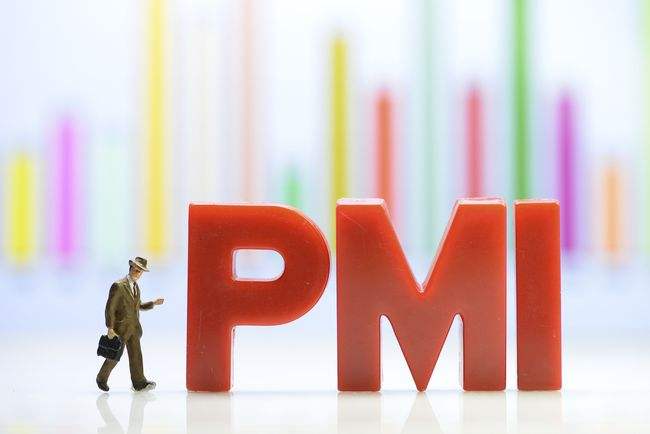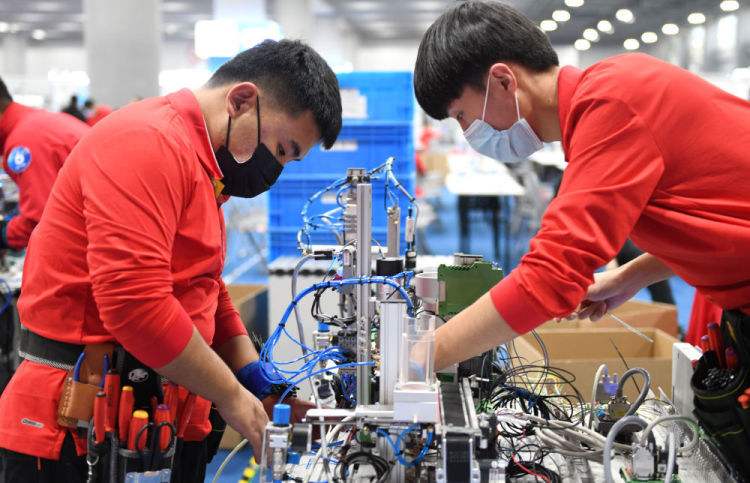
According to data released by the China Federation of Logistics and Purchasing recently, the global manufacturing purchasing managers' index (PMI) in January was 54.7%,
a decrease of 0.6 percentage points from the previous month and a month-on-month decrease for two consecutive months.
Judging from the changes in the global manufacturing PMI, the index remains above 54%, higher than the 50% line of prosperity and decline, continuing the previous recovery
trend. However, it is still a considerable drop from the 2021 average of 56.1%. This indicates that the recovery momentum of the global manufacturing industry has weakened.
In terms of sub-regions, the performance of major countries and regions in the world is mixed. In general, Europe is strong and the United States is weak, and Asia is strong.
The final value of the Eurozone's Markit Manufacturing PMI in January was 58.7%, a five-month high. As supply chain bottlenecks eased further, euro zone manufacturing showed
an accelerated expansion, with companies reporting the biggest improvement in output and orders in four months in January. However, the degree of improvement in the member
states of the euro zone varies, with countries such as Germany and Austria performing well, and countries such as Italy and Spain showing a slowdown.
Asian countries continued their previous strong growth trend. Japan's PMI expanded for 12 consecutive months in January, rising to 55.4%, the highest since February 2014. South
Korea also achieved three consecutive months of expansion, with the PMI rising 0.9 percentage points to 52.8% in January. The ASEAN PMI was unchanged from the previous value
and continued to remain at a high level. Businesses are optimistic about future prospects.

Looking at the United States, the U.S. ISM manufacturing PMI was 57.6% in January, a month-on-month decline for two consecutive months and a 14-month low. In terms of sub-items,
the decline in the production index and the new orders index was the main reason for the decline in the index. It can be seen that the impact of the surge in confirmed cases of new
coronary pneumonia caused by the mutant strain of Omicron on enterprises should not be underestimated. The United States also became the main drag on the decline in the global manufacturing PMI index.
For some time, the supply chain crisis, rising raw material prices and labor shortages caused by the epidemic have become key factors restricting the recovery of manufacturing in major
countries. The continuous and repeated outbreak of the epidemic, especially the recent attack of the Omicron variant strain, has once again brought pressure on the global supply chain
that has tended to ease. The shutdown and employee infection caused by the epidemic also interfered with the production of enterprises and the supply of raw materials. .
Despite the adverse impact of the rebound of the epidemic, judging from the sub-data of various countries and the level of optimism of enterprises, the recovery of the global supply
chain from the trough is still ongoing, the pressure on raw material prices has eased, and enterprises are more optimistic about future demand and supply. Chain improvement remains confident.
The real worry is rising inflationary pressures and the direction of monetary and fiscal policy in developed countries. The U.S. inflation rate increased by 7.5% year-on-year in January this
year, which was above 7% for two consecutive months. Euro zone inflation also rose to a record 5.1% in January. Affected by geopolitical and other factors, international oil prices have risen
for seven consecutive weeks, hitting a new high in more than seven years, further exacerbating inflationary pressures in various countries.
Some countries have already begun to curb inflation through policies such as raising interest rates. For example, on February 3, the Bank of England announced a 25 basis point hike in interest rates
to 0.5%, and at the same time launched a passive balance sheet reduction and corporate bond sales plan. Whether the Fed's March meeting on interest rates will give forward guidance on the path
of raising interest rates and shrinking the balance sheet is also the focus of attention. Under high inflation, the tightening of monetary and fiscal policies will restrain the pace of global economic recovery
to a certain extent, thereby affecting the recovery momentum of the manufacturing industry.
Overall, although the global manufacturing PMI index has declined for two consecutive months, the recovery momentum that has appeared before is still continuing, and the overall trend is still improving.
In the face of uncertainties such as repeated epidemics and inflation, countries should accelerate the transformation of the manufacturing industry, reduce the impact of external factors on the manufacturing
industry by means of digitalization and technological upgrading, and at the same time stabilize the supply chain by deepening cooperation and injecting into the global economic recovery.

 ZOOMRY
ZOOMRY
